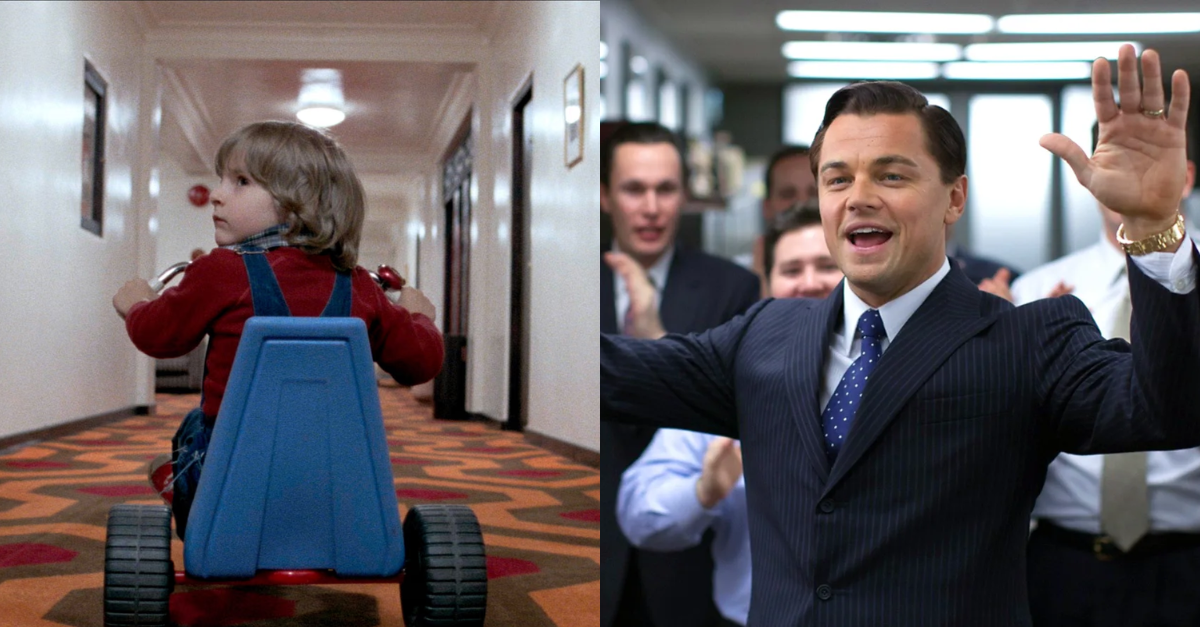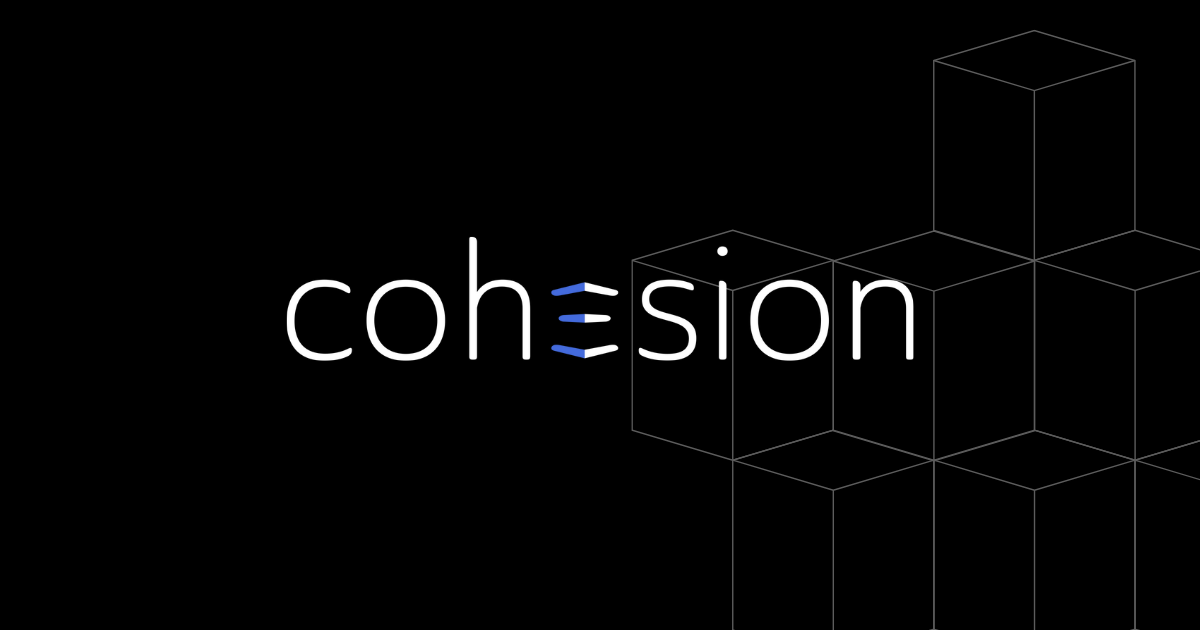Walk into most offices today and you'll probably see one of two very different scenarios:
Some days, the office feels like a ghost town. Empty desks. Silent hallways. A couple of people scattered around on video calls, wondering why they even bothered to make the commute. It's like The Shining, but without the twins.
Other days, the same office absolutely hums with energy. Teams bump into each other in lounges, conversations spill out of conference rooms, and the place feels alive. It's like The Wolf of Wall Street, but without all the HR violations.
That difference isn't about leasing terms or square footage, it's about vibrancy.
What Is Office Vibrancy?
"Office vibrancy" measures the pulse of your workplace: the buzz, energy, and atmosphere that makes people want to be there. What was once a nice-to-have concept has evolved into a critical business metric as hybrid work reshapes how we use office space.
The concept has deep roots. Mid-20th-century offices prioritized rigid efficiency, giving way in the 1990s to open-plan layouts designed for collaboration (if you love noise and distraction). The early 2000s saw Silicon Valley companies like Google reinvent workplace energy with colorful, playful campuses meant to encourage creativity and serendipitous interaction. By the 2010s, workplace strategists emphasized culture, activity-based working, and biophilic design (plants, natural light, water features, etc.) as ways to sustain choice and engagement.
Then the pandemic reset everything. Hybrid schedules created "ghost town" days that drained morale, pushing organizations to treat vibrancy as an operational priority tied to occupancy, engagement, and return-to-office success. With innovations in sensor data, analytics, and integrations, you can now measure workplace energy more objectively than ever—and with security considerations at the forefront of space planning, you can't afford to ignore it.
Why This Matters Now
Hybrid work shattered traditional attendance patterns. Some days the office overflows; others feel abandoned. This inconsistency kills collaboration, weakens culture, and wastes real estate investments.
Low-energy days have become one of the biggest barriers to return-to-office success. Nobody wants to commute to a dead office. Nobody builds culture at a solo pizza party in an empty cafeteria. Nobody feels inspired surrounded by vacant chairs. High-energy offices, however, deliver measurable benefits:
- More spontaneous collaboration
- Stronger cultural signals
- Better ROI on space and amenities
- Higher sense of safety in populated, lively environments
Leading companies now track workplace energy as an operational health indicator, not just an HR metric or design flourish.
Making Vibrancy Measurable
You can quantify workplace energy using data you likely already collect:
- Occupancy thresholds: CBRE research shows offices feel isolating under 40% capacity and vibrant around two-thirds occupancy. Push toward 100% and they become overcrowded. That middle range is your sweet spot. Be sure you’re correcting for your RTO policies in your calculations.
- Energy frequency: Count how many days per week your office actually achieves these optimal levels. One "energized day" out of five workdays signals a problem.
- Activity indicators: A healthy hum of conversations signals engagement. Complete silence suggests disengagement. Too much activity can feel chaotic and indicate burnout.
- Employee feedback: Pulse surveys and engagement scores from employees reveal whether your office energizes or drains your people.
- Composite dashboards: Progressive organizations blend occupancy, amenity usage, visitor volume, and sentiment into unified vibrancy scores, giving leaders actionable insights at a glance.
The Security Connection
Here's something most workplace strategists miss: a half-empty office isn't just culturally problematic, it's a security vulnerability.
Quiet lobbies, deserted hallways, and sparse floors make it harder to spot unusual behavior or monitor access. When only a handful of people are around, tailgating becomes easier, strangers blend in, and employees report feeling less secure. Low energy doesn't just hurt culture, it can expose buildings to risk.
The upside? The same systems protecting your facility also capture the data you need to calculate vibrancy. Access control shows who's in and where. Visitor management tracks the flow of guests, vendors, and contractors. Audit trails prove compliance while mapping workplace rhythms.
Security leaders already have workplace pulse data at their fingertips, they just haven't been asked to analyze it this way. Technologies like mobile digital wallet credentials and visitor QR codes make movement seamless while ensuring guests add energy without adding risk. Every scan and log contributes to a clear picture of how secure (and how dynamic) your workplace truly is.
Building Energy That Lasts
Once you establish energy metrics, you can systematically improve them by addressing design, culture, programming, and technology together. Start with variety in the physical environment, mixing collaboration zones with quiet pods, natural light with greenery, and destination amenities with flexible work points. Pair that with strong cultural leadership, where executives show up consistently and model presence, because no amount of designer furniture can make an office feel vital if leaders treat it as optional. Hybrid schedules should be synchronized so teams overlap instead of scattering across the week, while regular programming such as weekly lunches, guest speakers, or Friday socials can turn ordinary days into memorable ones. Finally, seamless technology reduces friction and enhances the experience, from apps that help employees find colleagues, to sensors that balance occupancy, to dashboards that spotlight when the office is hitting peak energy.
How to Screw It Up
It's also easy to pursue workplace energy the wrong way:
- Mandating attendance without improving experience backfires
- Adding beanbags and ping-pong tables without addressing culture fools nobody
- Overhyping "buzz" without preserving quiet focus creates fatigue
- Leaders demanding office importance while staying remote destroys trust
Vibrancy can't be forced, it must be cultivated. The balance between connection and concentration is delicate, but when achieved, people feel it instantly.
The Future of Workplace Metrics
Traditional workplace measurements emphasized efficiency: cost per square foot, productivity per seat. These matter, but they miss the human dimension of hybrid work. Tomorrow's workplace energy will appear on C-suite dashboards alongside revenue and retention. Landlords will use it to demonstrate asset value. Tenants will leverage it in lease negotiations. AI will blend access data, sensors, and scheduling patterns to predict optimal team coordination days.
Platforms integrating access control, analytics, experience management, and maintenance will transform workplace energy from intuition into actionable intelligence.
The Bottom Line
Nobody wants to make a boring commute to a lifeless office. But when a workplace pulses with energy, connection, and culture, it transcends mere real estate. It becomes a secure, engaging hub where people actively choose to be and where they can do their best work.
That transformation represents both the challenge and opportunity of hybrid work. By measuring, optimizing, and sustaining workplace energy, organizations can create spaces that truly serve their people and their mission.





























